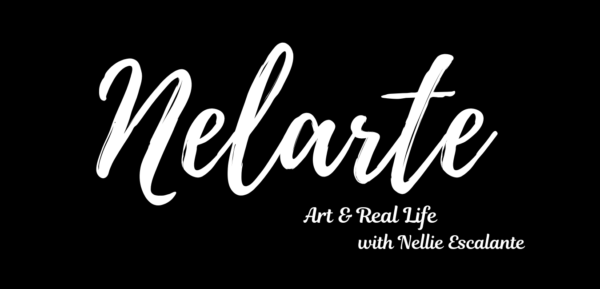
El Gobernador Don Manuel Antonio de Ustáriz
1792
Instituto de Cultura Puertorriqueña
The perspective view of San Juan’s Fortaleza Street in the portrait of El Gobernador Don Manuel Antonio de Ustáriz from 1792 is Puerto Rican artist José Campeche’s affectionate tribute to his native city. It is also a portrait that reveals the history of Puerto Rico during the latter part of the 18th century.
Who was Don Manuel Antonio de Ustariz?
Shown here, Don Miguel Antonio de Ustáriz was the Governor and Captain General of Puerto Rico who ruled from 1789 to 1792 during the Bourbon reform1.
What was happening in Puerto Rico at the time?
During the 18th century, Spain’s Bourbon rulers ordered their colonial representatives to carry out sweeping economic and administrative reforms that promoted trade between Puerto Rico and Spain, stimulating the economic growth of the island.
Campeche and the Rococo Style
Campeche painted this work in the Rococo style which he learned from his mentor and teacher Luis Paret y Alcazar.

Rococo art is an elaborate, heavily ornamental style, characterized by the use of pastel colors, asymmetrical composition, sense of motion and drama in the canvas, and lots of fancy details. It is also a style associated with the upper classes, placing Ustáriz within a particular social context. Can you see these elements in the painting?
We can see the Rococo details in the voluminous, rich red drapery in which Ustáriz stands underneath, setting the stage and directing our gaze to the grand protagonist of this story: The Governor. The carved ornamental detail of the table peeking underneath the architectural plans also emphasize Ustáriz’ important job as overseer of the city.


Finally, the large, long window, almost as big as the figure, creates a larger than life composition and alludes to the important work taking place under his leadership due to the economic abundance of the time. This is a total propaganda piece, lol.

Other details that point to Ustáriz’ status are the brigadier uniform of the Corps of Engineers (rank within a military branch tasked with building bridges and roads), proudly worn by the governor and the three books resting on the table, added by the artist intentionally as a way to emphasize Ustáriz’ status as an educated man.


In this portrait, Campeche pulls back the curtain both figuratively and literally, revealing a growing city in the midst of rapid transformation; as evidenced by the depiction of the paving of the city’s streets with cobblestones carried out in the painting’s background.
It’s hard to see , but in the same scene, we can spot several ladies who seem to be prying into the work being carried out on the streets beneath them. This fine detail also points to the prosperity of the city.

El Gobernador Don Manuel Antonio de Ustáriz is a portrait emblematic of the city José Campeche never left and of the society whose origins he recorded.
About the Artist

José Campeche was the most important painter of portraits and religious imagery in late eighteenth- and early nineteenth-century Puerto Rico. Of Afro-Caribbean ancestry, he learned his skills from his father, an enslaved person who who purchased his freedom by carving altarpieces. Campeche worked as a decorator and guilder before becoming a prominent portraitist. The details of Campeche’s life remain mysterious because his belongings were destroyed after his death.
I am working on a Puerto Rican Painting course. If you would like to be notified when it is released, please join my mailing list HERE
